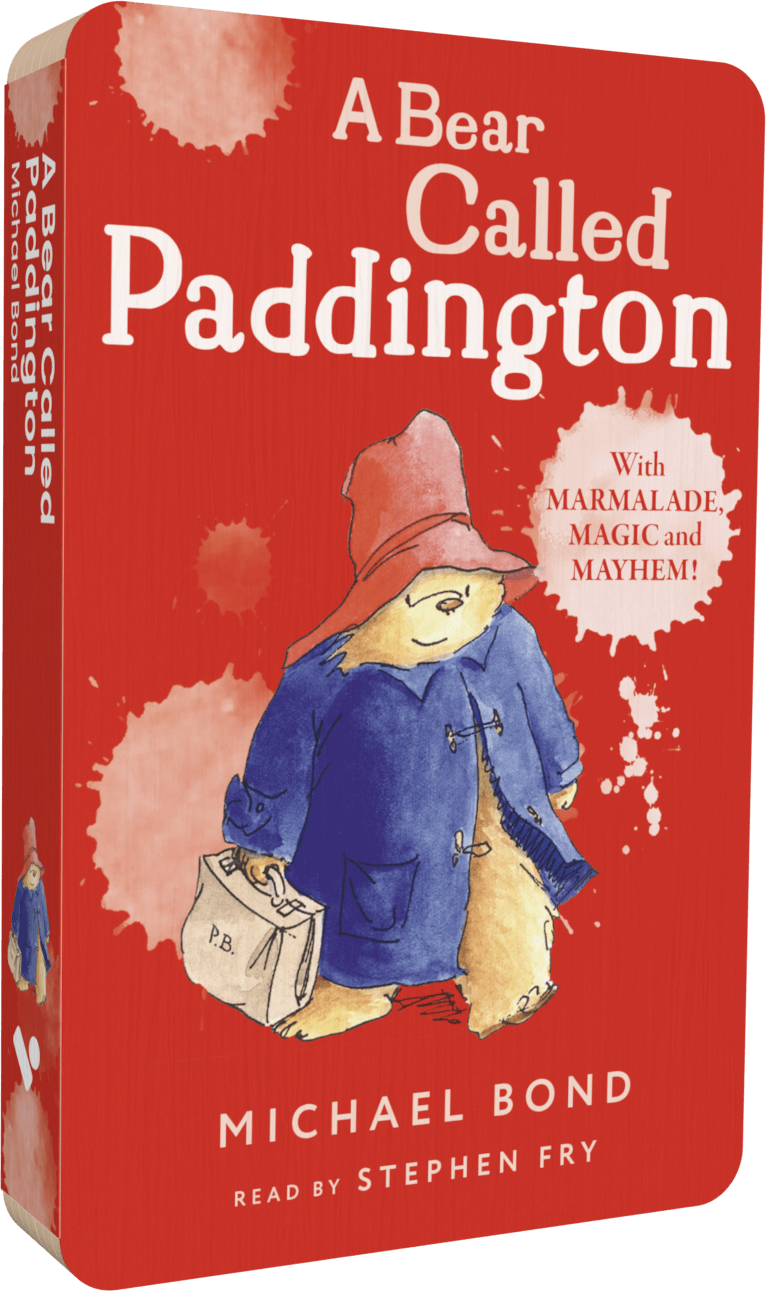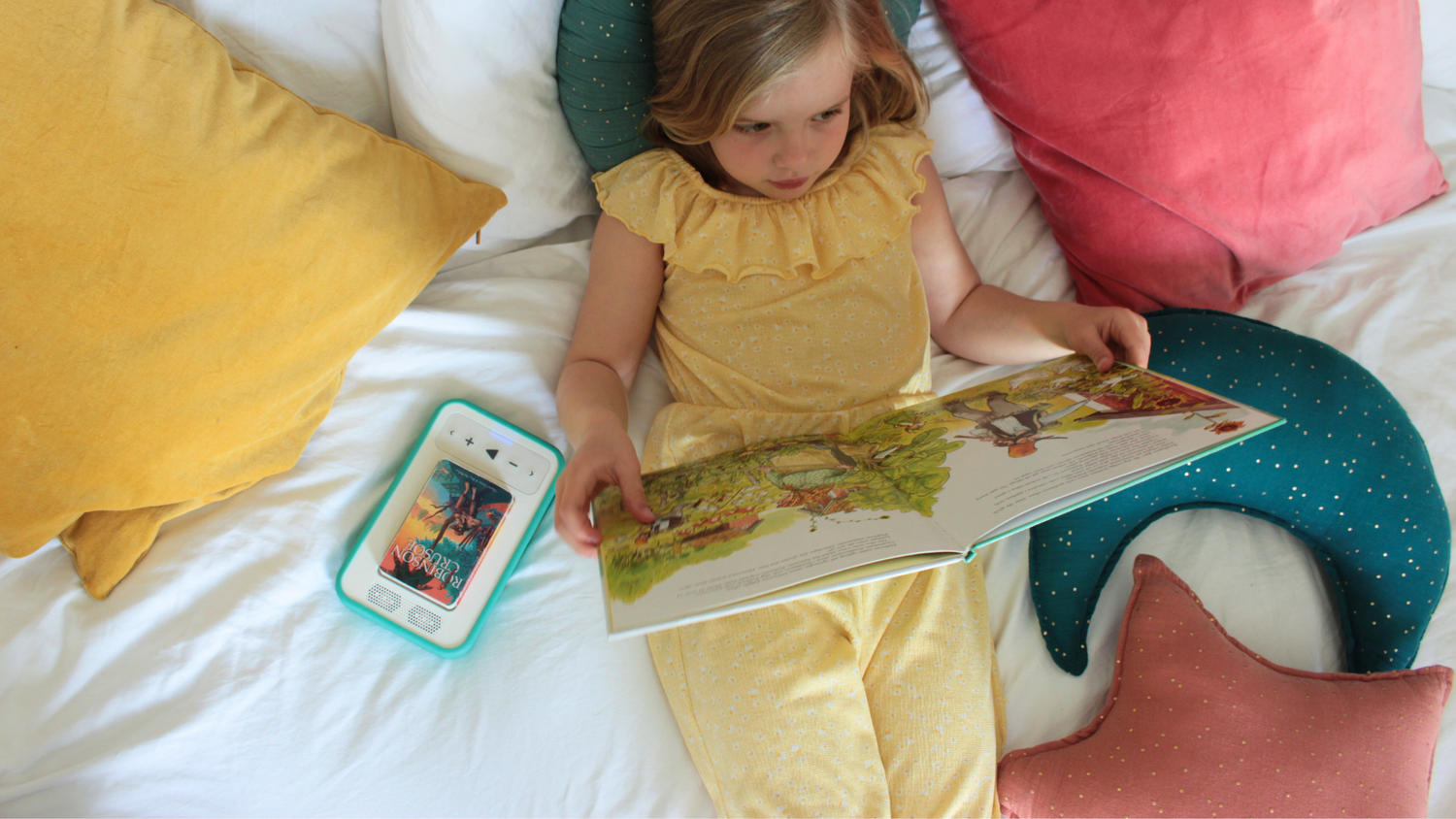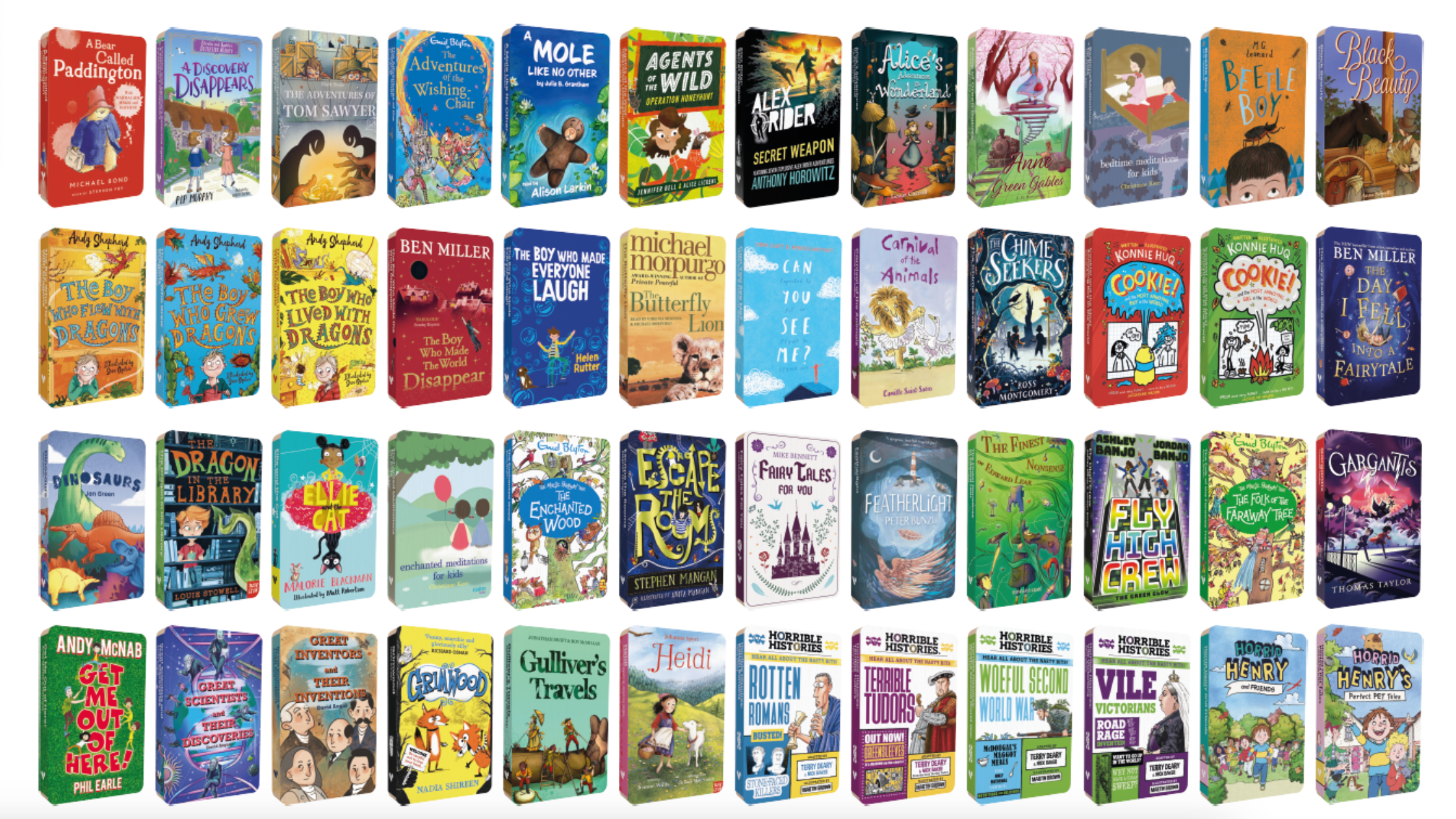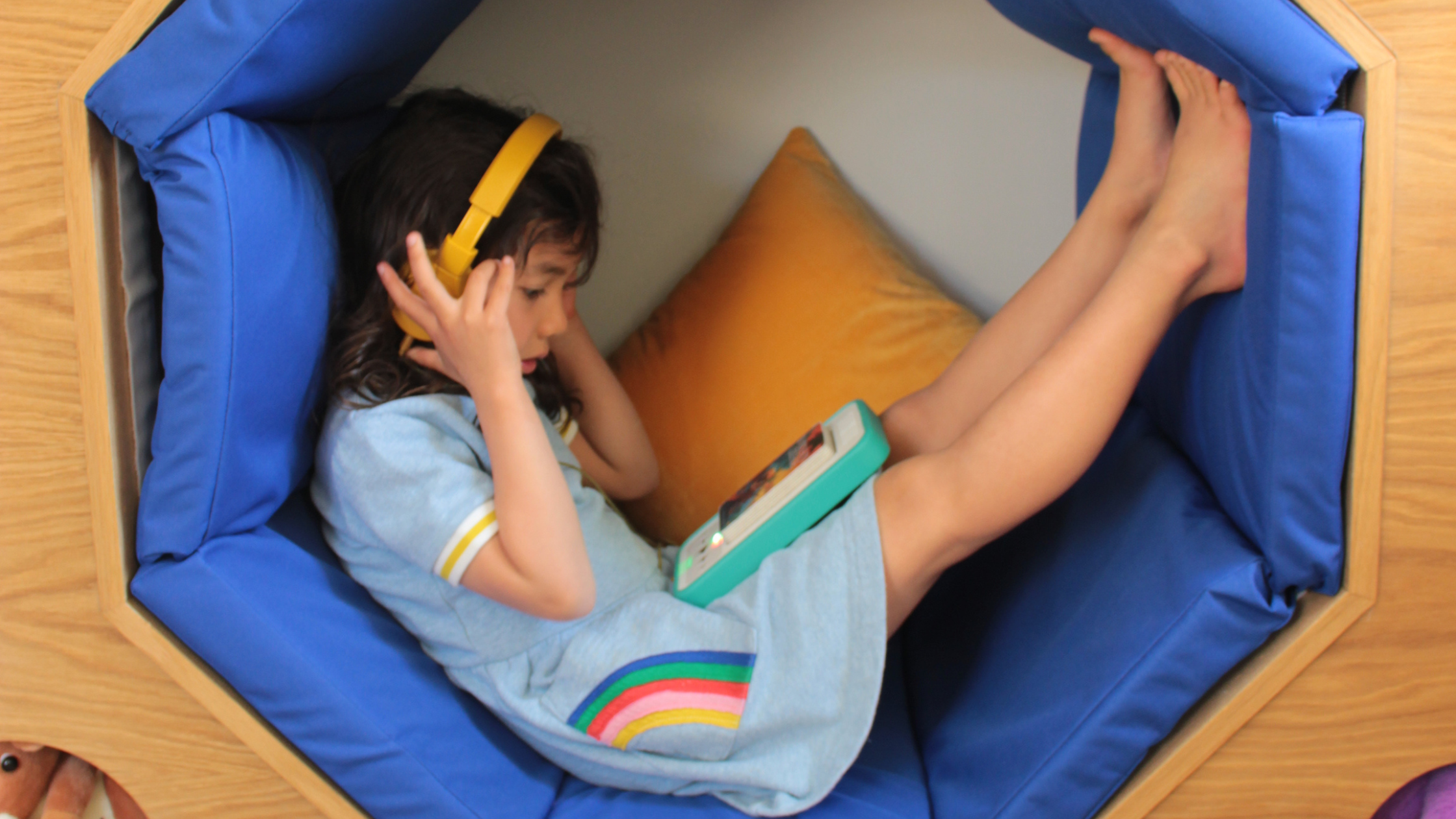You may have noticed that audiobooks are having a bit of a moment. The popularity of audiobooks has grown dramatically over the last five years, and has become the fastest growing segment of the book industry. Audiobooks provide a different yet engaging storytelling experience, but they do not take away from the experience of reading. We believe audiobooks should be enjoyed in harmony with reading, and introducing audiobooks may help encourage reluctant readers out of their shells.
The Classic Charm of Reading
Reading has always been a much loved way of getting lost in stories. However, reading isn’t just about following a storyline. It serves as a journey in language development, spelling, and grammar. When a child reads, they embark on a personal experience, envisioning characters and settings in their own unique way. This fosters creativity and imagination—essential skills for young minds.
Furthermore, reading aids in building concentration and patience. The act of turning pages and progressing through a book imparts a sense of accomplishment, nurturing a fondness for learning. The tactile experience of holding a book, especially for children, adds to the charm, creating a comforting routine, particularly before bedtime.
The Engaging World of Audiobooks
Enter audiobooks, a format that Voxblock has embraced with its screen-free audiobook player designed for children through toddlers to teens. Audiobooks unfold stories in a lively, engaging format, often accompanied by compelling narrations that breathe life into characters. This can be especially beneficial for auditory learners, who absorb information more effectively through hearing.
Audiobooks also offer a fantastic way to enjoy stories during times when reading isn’t practical, like long car journeys. But it also allows children to have a bit of breathing space. Even if your child is a strong reader, listening to audiobooks can allow them to partake in other activities such as play time and creative activities. It allows them to enjoy a story without always having to sit down and read a book. They can be a great tool for children who struggle with reading or have dyslexia, making literature accessible and enjoyable for all.
So Which is Better?
There is no right or wrong answer. Both reading and audiobooks have their place in a child’s literacy development. You will probably discover your child develops a preference. While traditional reading offers a deep, interactive learning experience, audiobooks provide an accessible, engaging alternative. Some ways to use include both in your reading time:
- Read along to your favourite book while listening to the audiobook version
- Read the book first, then listen to the audiobook
- Alternate between reading a book with listening to an audiobook
- Read a bedtime story then use bedtime mode on your Voxblock player to drift off to sleep.
The key is balance. Encouraging children to explore both can lead to a more rounded and fulfilling experience with literature. As they grow, they’ll not only develop a love for stories but also acquire essential skills that will benefit them throughout their lives.





